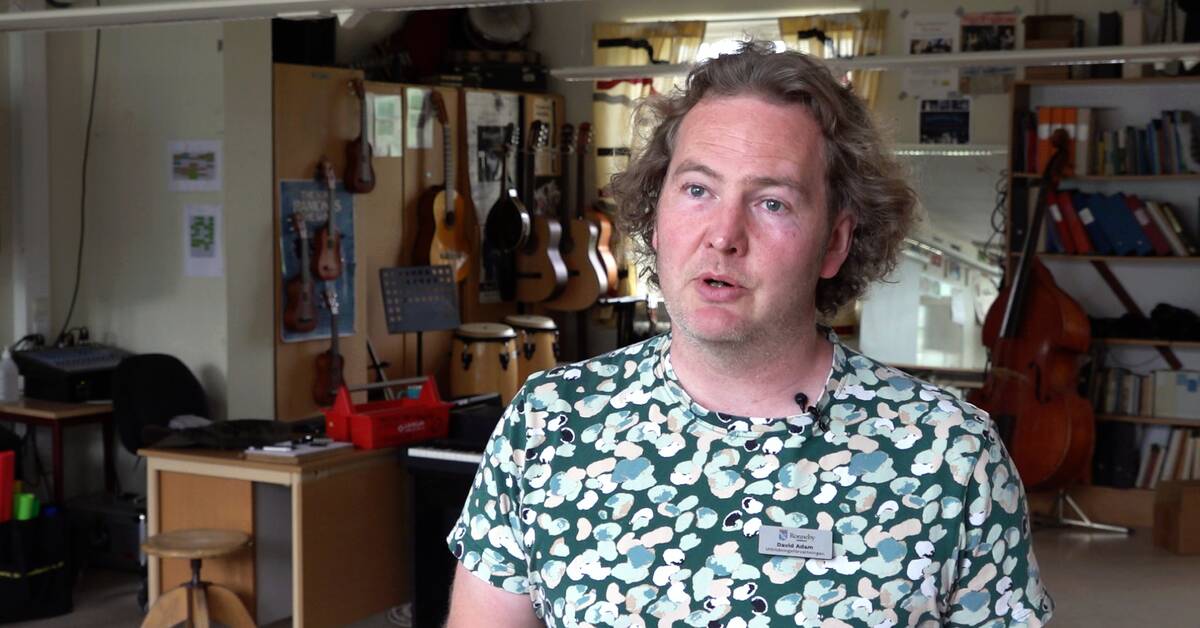The proportion of qualified teachers differs greatly between the schools in Ronneby municipality, and it is above all the upper secondary schools that have difficulty recruiting qualified staff - something that is noticeable at Kallingeskolan.
At the school's primary and middle school, just over nine out of ten teachers were qualified during the previous school year.
But in upper secondary school, the proportion was significantly lower, with 46 per cent qualified teachers.
It shows statistics from the Swedish Teachers' Association.
- We have to find the competence, but it is a scarce commodity, says David Adam, teacher and safety representative for the Swedish Teachers' Association at the school's upper secondary school.
Fewer students eligible for high school
Ronneby is also the Blekinge municipality where the lowest proportion of students who go to ninth grade do so with upper secondary school qualifications.
Something that is connected with the shortage of teachers, says the Teachers' Association's chairman in Ronneby, Sonja Stranne.
During the academic year 2011/2012, 86.5 percent of the students at Kallingeskolan went out with eligibility for a vocational program at the upper secondary school.
Correspondingly, ten years later, the figure had dropped to 63.6 percent, according to statistics from the National Agency for Education.
- It is difficult to say what it is due to.
We have had a pandemic and we have to look at socio-economic conditions.
But qualified teachers bring with them education and often experience that may be needed to raise students' grades, says David Adam.

